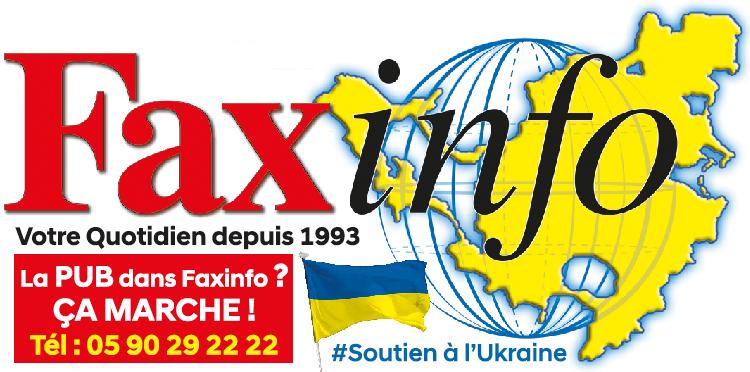Between January and May-June, many humpback whales are observed close to our coasts before they leave for the North Atlantic. The basin between Saba, Saint-Martin and Anguilla is the second largest basin in the Caribbean after the Banc d'Argent sanctuary in the Dominican Republic, where humpback whales are reproduced.
Since 2014, several associations including the Nature Reserve, Megaptera, my school my whale and the Agoa sanctuary, have been studying the behavior of these mammals. For example, ten tags were placed on animals in 2014 and 2019 in order to track them. "All this information thus collected has made it possible to observe that the whales regularly return to our waters, go north towards Canada, and that some cross the Atlantic and go towards Iceland", specifies Michel Vély of the Megaptera association. . "Studying them makes it possible to understand their behavior and thus better protect them by taking appropriate measures", adds Julien Chalifour of the Saint-Martin Nature Reserve.
In this perspective of deepening this knowledge, the associations will soon ask new tags. If these tools are important for scientists, they are expensive, some 3 euros each. Also the local associations are looking for five sponsors, godfathers or godmothers.
The whale that will carry a beacon will be “baptized” or identified by the name of its sponsor. Information campaigns will be conducted to show the behavior of the mammal, its journey in the oceans and raise public awareness of their protection.
A presentation of the project will be made during the whale festival organized by Metimer on April 3 in Orient Bay.
6,991 total views







No comments